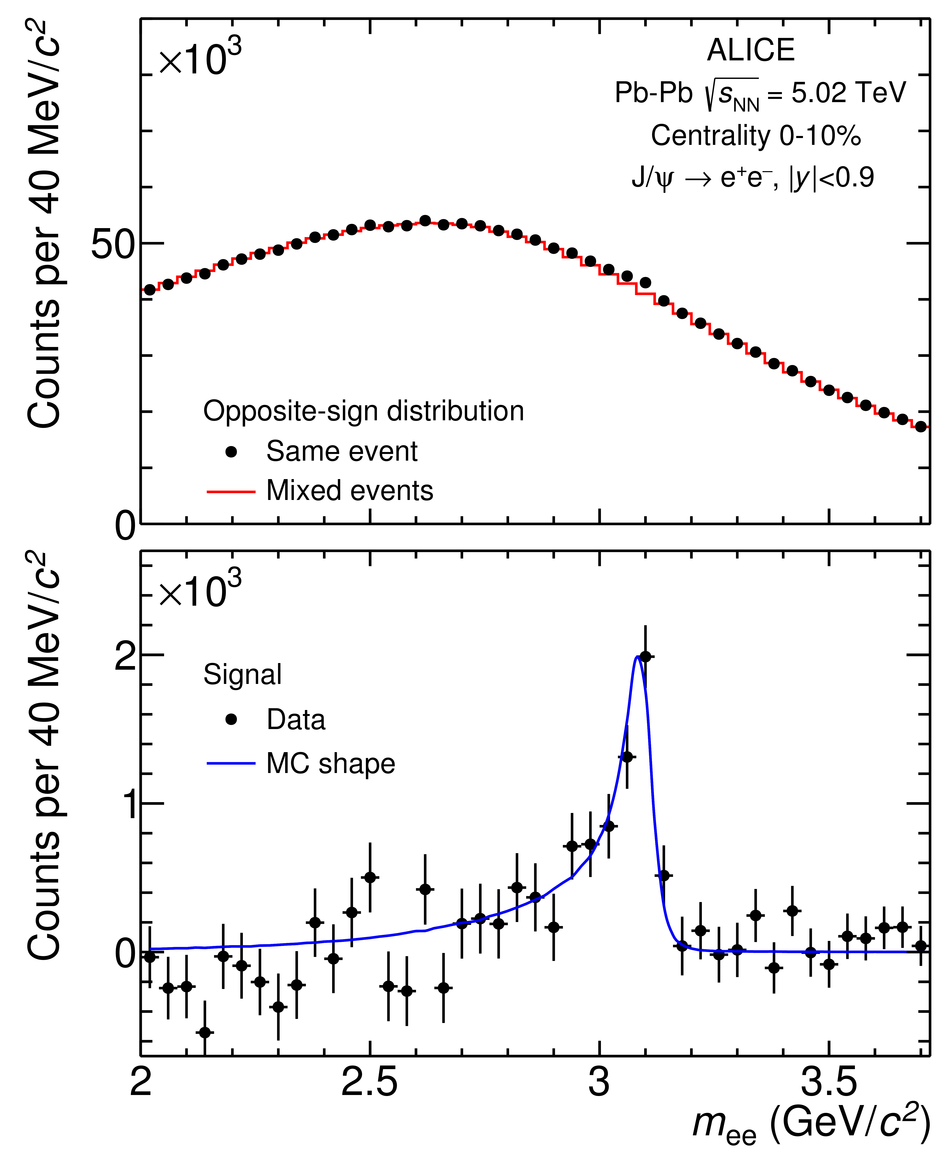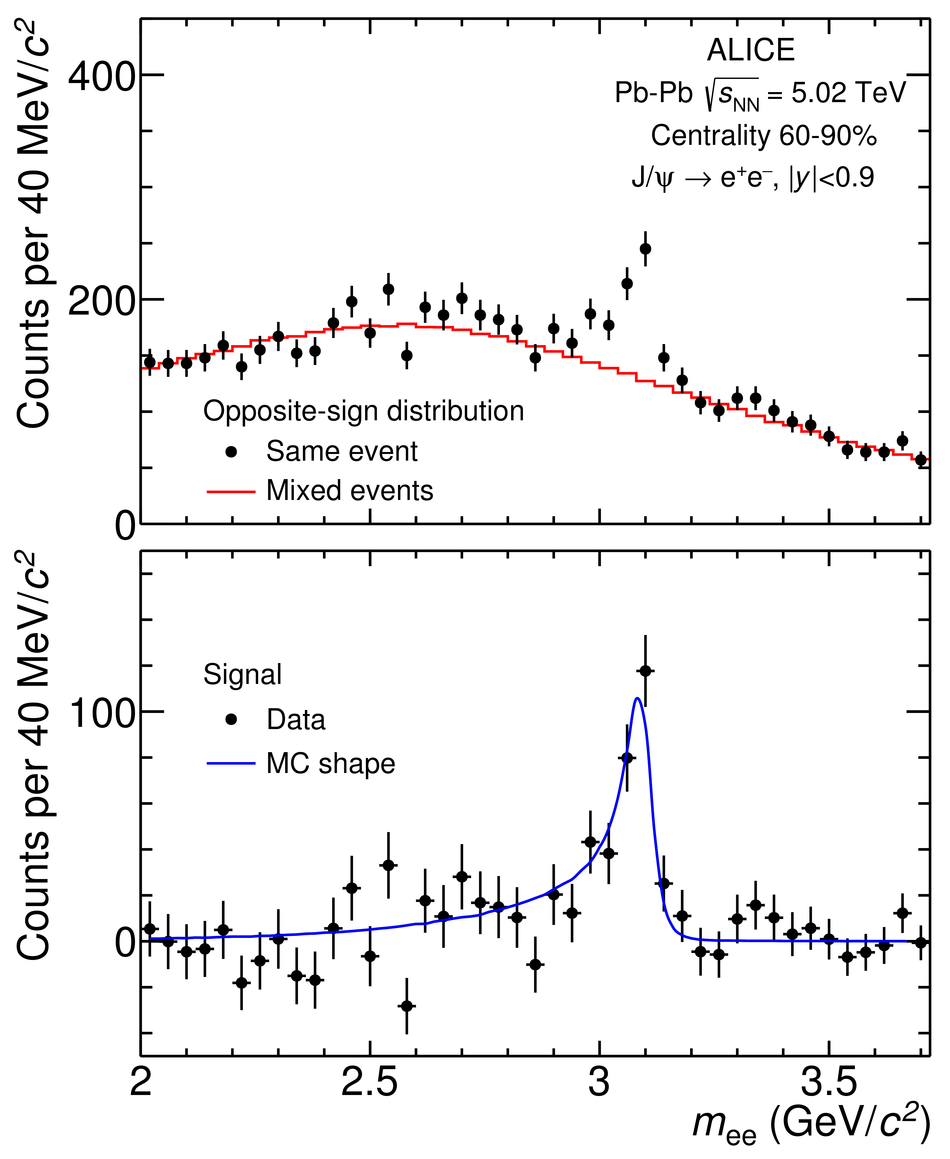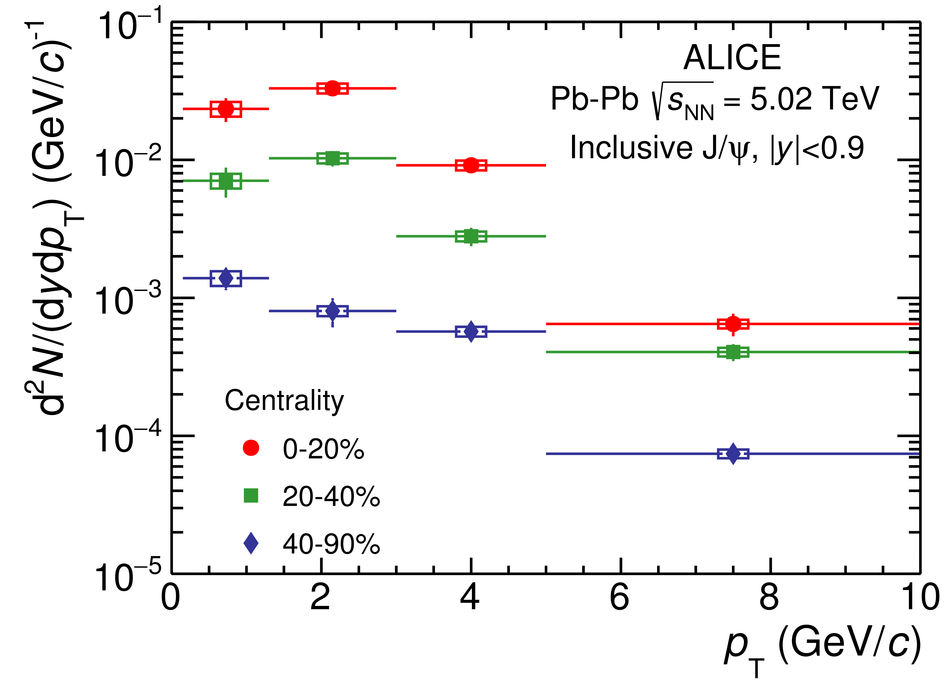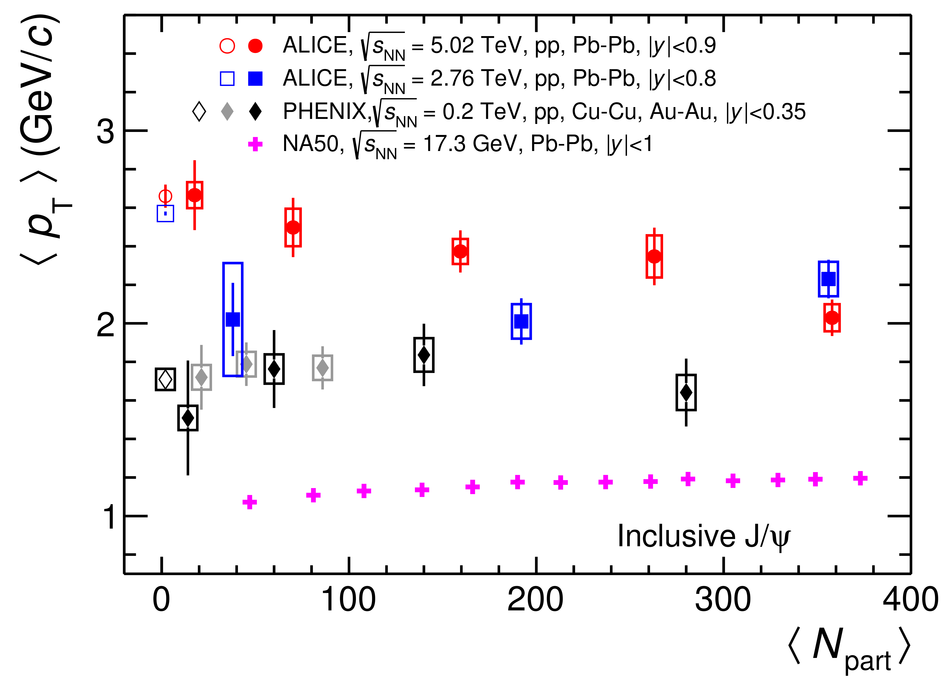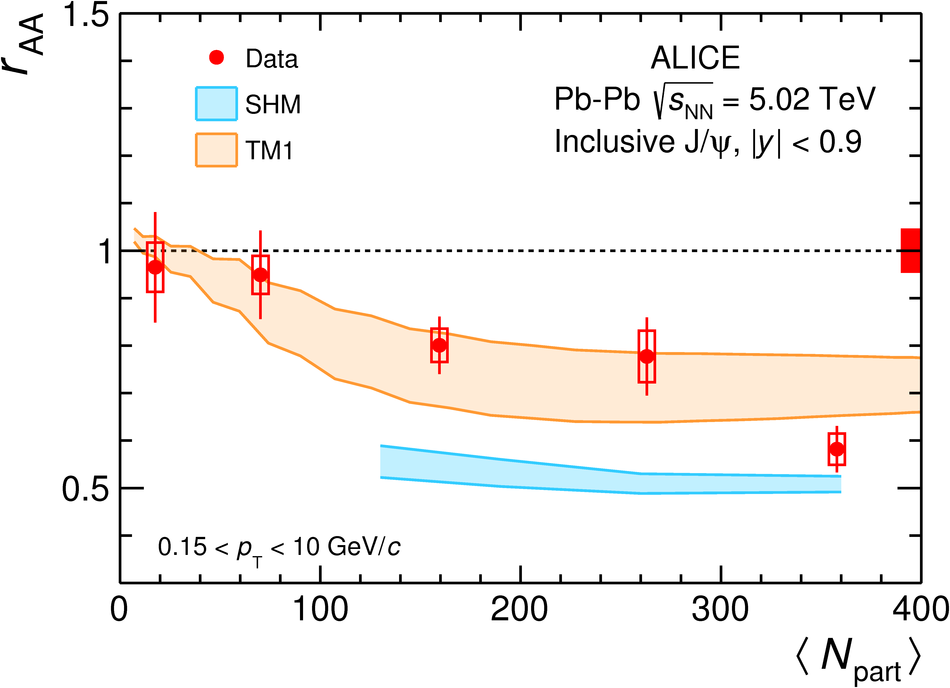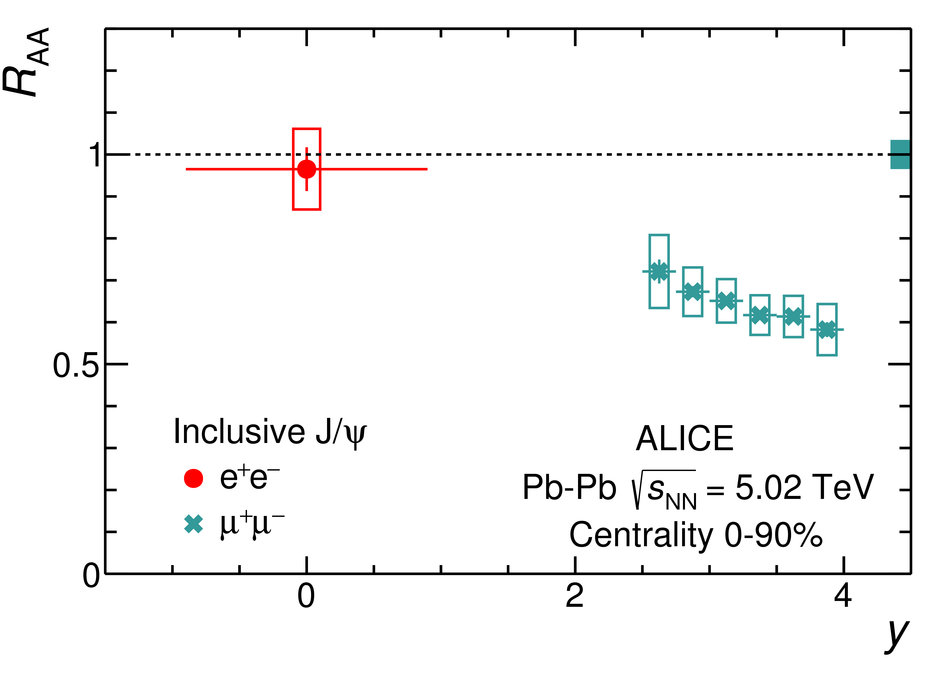The inclusive J/$\psi$ meson production in Pb-Pb collisions at a center-of-mass energy per nucleon-nucleon collision of $\sqrt{s_{\rm NN}}$ = 5.02 TeV at midrapidity ($|y|$ <~ 0.9) is reported by the ALICE Collaboration. The measurements are performed in the dielectron decay channel, as a function of event centrality and J/$\psi$ transverse momentum $p_{\rm T}$, down to $p_{\rm T}$ = 0 GeV/$c$. The J/$\psi$ mean transverse momentum $\langle p_{\rm T} \rangle$ and $r_{\rm AA}$ ratio, defined as $\langle p^{\rm 2}_{\rm T} \rangle_{\rm PbPb}/\langle p^{\rm 2}_{\rm T} \rangle_{\rm pp}$, are evaluated. Both observables show a centrality dependence decreasing towards central (head-on) collisions. The J/$\psi$ nuclear modification factor $R_{\rm AA}$ exhibits a strong $p_{\rm T}$ dependence with a large suppression at high $p_{\rm T}$ and an increase to unity for decreasing $p_{\rm T}$. When integrating over the measured momentum range $p_{\rm T}$ <~ 10 GeV/$c$, the J/$\psi$ $R_{\rm AA}$ shows a weak centrality dependence. Each measurement is compared with results at lower center-of-mass energies and with ALICE measurements at forward rapidity, as well as to theory calculations. All reported features of the J/$\psi$ production at low $p_{\rm T}$ are consistent with a dominant contribution to the J/$\psi$ yield originating from charm quark (re)combination.
PLB 805 (2020) 135434
HEP Data
e-Print: arXiv:1910.14404 | PDF | inSPIRE
CERN-EP-2019-234

